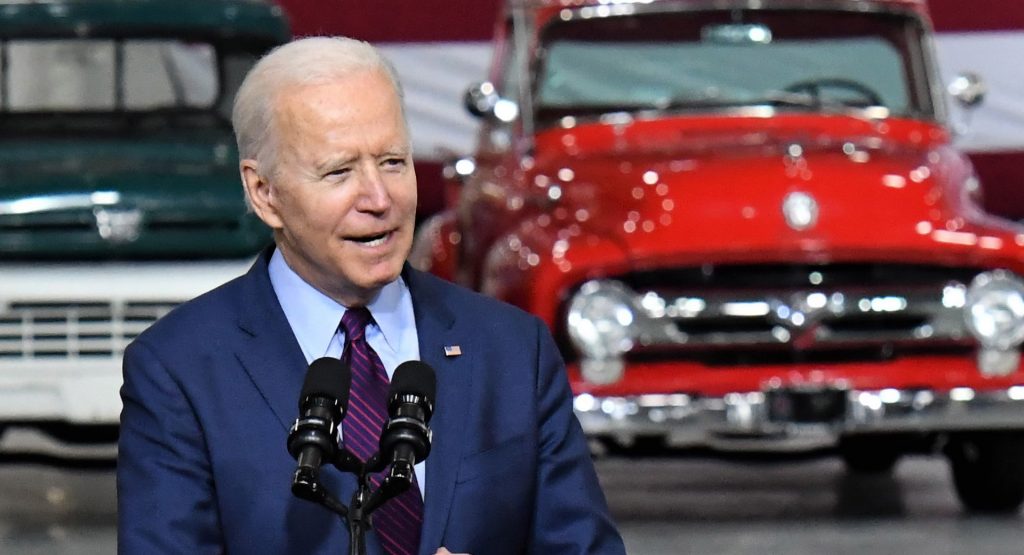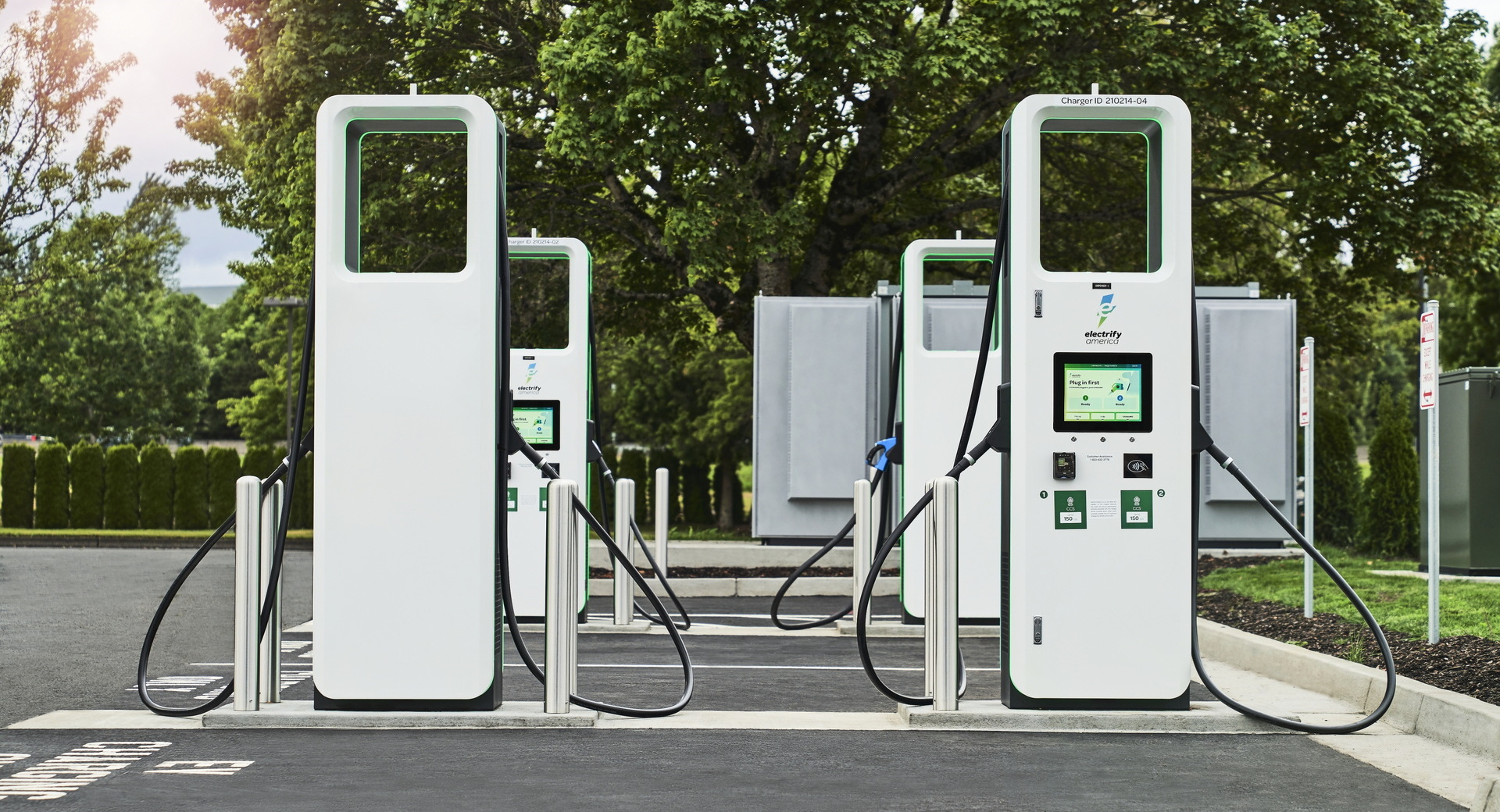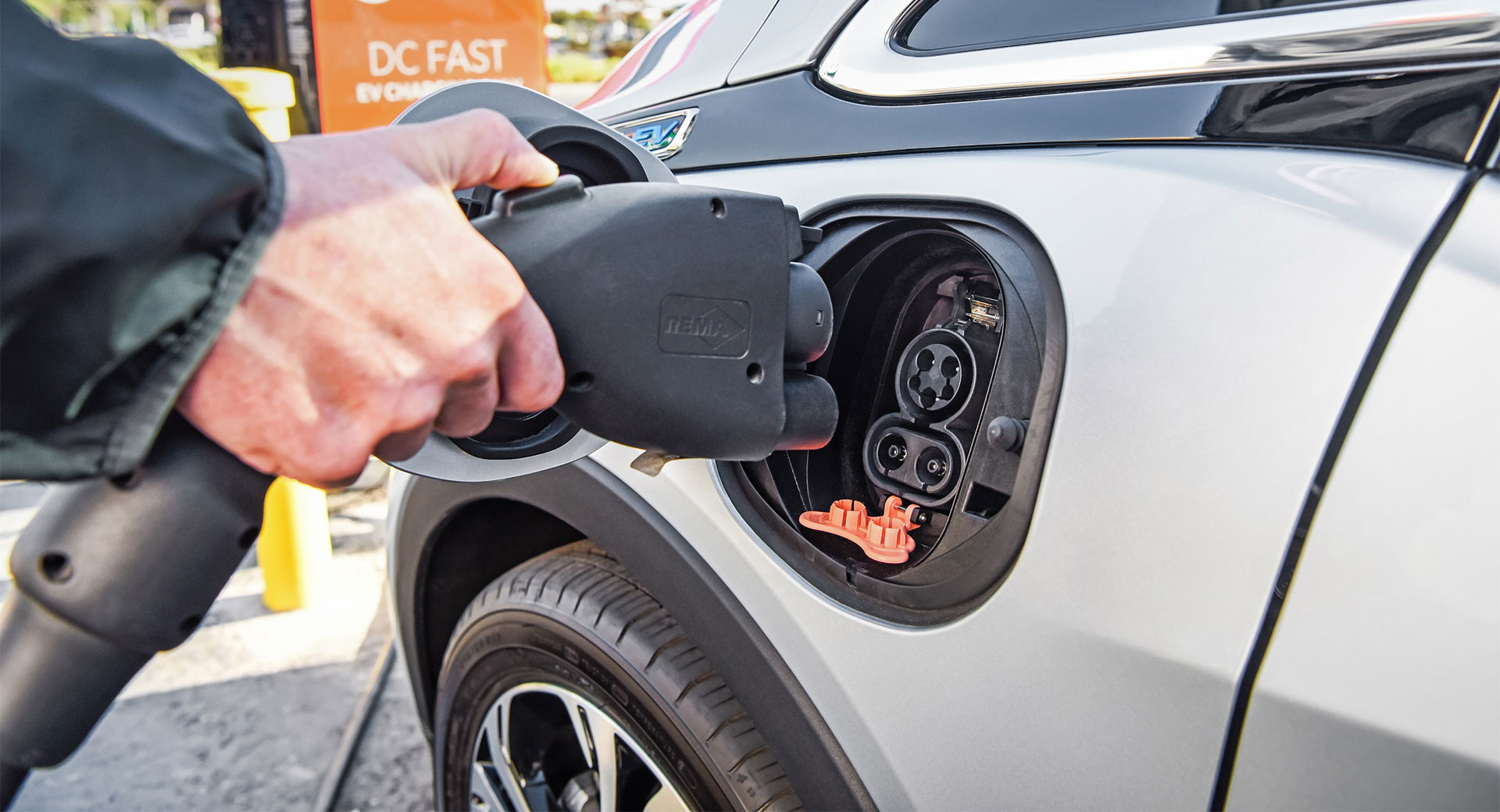The passing of the $1.2 Trillion Infrastructure Bill was seen as a landmark moment for furthering electric mobility in the U.S., not least because it includes $7.5 billion in funding to help create a network of 500,000 EV charging stations across the U.S. However, that’s just half of the originally proposed $15 billion for the same number of chargers.
Where the savings were made (or corners cut, depending on how you look at it) lie in the type of chargers that will be popping up under the Biden administration’s ambitious plan. The majority of chargers that will be installed are of the Level 2 variety, which means hours of wait times compared to the faster Level 3 D.C. chargers that were initially proposed. Level 3 chargers, like the Tesla Supercharger network, still take longer than putting gas in a tank, but they can add anywhere from three to 20 miles of range per minute, making it ideal for a coffee break rest and recharge.
Of course, this may not be shocking news for those already on the EV train. The best use case scenario for EV charging, after all, is to do so when a car is stationary and the driver is preoccupied with other activities, like shopping or going to the movies. But when it comes to the broader picture of converting those who’re reluctant to give up the “gas-up and go” lifestyle, it may be a stumbling block.
It can still be argued that more chargers are better, while there are also plans to install faster chargers on highways, which makes a lot of sense. But there are other problems too. Switching to EVs en mass won’t have the desired environmental benefits unless the Biden administration’s clean energy plans are sorted out. Otherwise, the electricity needed to power E.V.s and their charge points will end up coming from fossil fuel sources — which, in the long run, is more detrimental to the environment than using a hybrid.
According to a report by Vox, Biden’s attempts to clean up the grid have been repeatedly thwarted by Senator Joe Manchin of West Virginia, who single-handedly gutted a proposal to replace coal- and gas-powered plants with solar, wind, and nuclear energy. This is bad news, as although transporation is the most significant contributing sector to the U.S.’s greenhouse emissions, energy is a close second.






